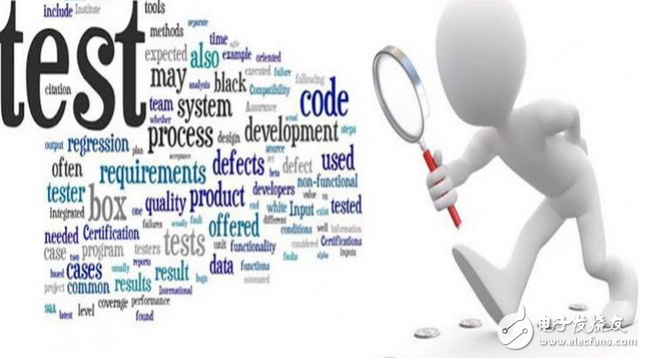What are the tasks of robots and artificial intelligence in the software testing industry?
In today's fast-evolving tech landscape, mobile applications are gaining massive traction, and the integration of robotics and artificial intelligence (AI) is becoming more prominent—especially in software testing. There's a strong case for developing AI-powered tools that not only reduce costs but also save valuable time. These innovations are reshaping how we approach quality assurance and development processes.
Although the field of robotics is still relatively young, its adoption in software testing has grown rapidly. As a result, data volumes are increasing, and industry standards are beginning to take shape. Machine learning is playing a key role here, enabling robots to learn faster than humans and even become experts in software development. From test coverage to debugging and continuous testing, AI and robotics are influencing every aspect of the software lifecycle.

**1. Test Scope and Workload**
One of the major challenges in software testing is that as projects grow, the number of test parameters increases, which can overwhelm the testing team. This often limits their efficiency and capacity to handle complex tasks.
With AI-driven robots, testers can automatically adjust tests to include new parameters without adding extra work. Robotic automation tools allow for advanced parallel testing and auto-tuning, making it easier to scale up testing efforts. A full robotic test automation team can run extensive tests, monitor progress, and support testers in creating and maintaining test procedures.
**2. Full Debugging Capabilities**
AI robots can operate 24/7, allowing for frequent debugging when needed. They can extend test durations without requiring manual input, helping testers analyze results and resolve issues more efficiently. In more advanced scenarios, automated robot testing can even implement code fixes or predict potential problems before they occur.
**3. Enhanced Continuous Testing**
AI-powered robotics can significantly expand the scope of continuous testing. For instance, automated testing with robots can detect anomalies, filter out irrelevant data, and improve overall test accuracy. Using AI-based question-and-answer systems can help eliminate repetitive, low-value tasks, allowing testers to focus on more strategic work.
**The Present and Future of AI and Robotics in Software Testing**
Maintaining clean code and introducing new features are fundamental aspects of automated testing. However, current testing systems have limitations—robots typically only identify errors in predefined test cases. Any new components may go unnoticed unless a human tester happens to spot them. Fortunately, advancements in AI are helping us uncover deeper insights from small changes in our products.
Modern AI systems used in testing understand user needs and can generate hundreds of test cases quickly, far faster than any human. Today, testers must ensure that chatbots or frameworks can accurately distinguish between real errors and false positives in an expected environment.
"Intelligent robots" are no longer just a concept—they're a reality. Their impact is already being felt in the world of automated testing, where consistency and reliability are key. If you pause for a moment to reflect on the tools we use daily, you'll see that AI in robotics is already shaping our lives.
Be ready! The development of open-source testing tools is on the verge of a major transformation. While the journey is still ongoing, we believe that the era of reliable, intelligent software testing is just around the corner.
High Rate RC Lipo Battery Cell
Langrui Energy (Shenzhen) Co.,Ltd , https://www.langruibattery.com